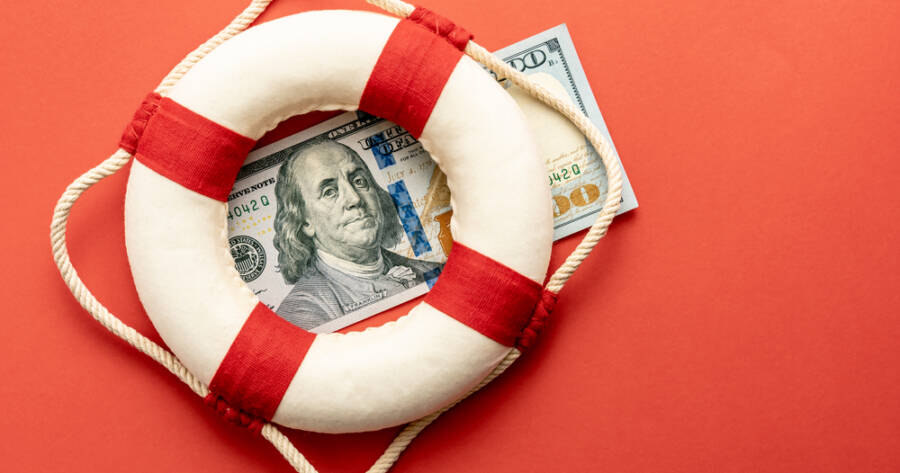Life has a way of surprising us. Sometimes, with expenses we didn’t see coming! An emergency fund is your financial safety net, protecting you from stress when unexpected costs arise. Whether it’s a medical bill, car repair, or job loss, having money set aside helps you stay secure and in control. The right emergency fund isn’t about perfection; it’s about peace of mind, stability, and the confidence that you’re prepared for whatever comes next.
Why an Emergency Fund Matters More Than You Think
An emergency fund is one of the most powerful forms of financial protection you can build. It keeps you from relying on credit cards or loans when life throws curveballs. Even a small amount saved can make the difference between calm and crisis when an unexpected bill arrives.
Beyond financial security, an emergency fund offers emotional relief. Knowing you have a cushion allows you to make thoughtful decisions instead of reactive ones. It turns potential emergencies into manageable inconveniences. The fund doesn’t eliminate stress entirely, but it gives you the space to breathe and handle challenges with confidence.
Finding Your Perfect Emergency Fund Size
Financial experts often recommend saving enough to cover three to six months of essential expenses. This range gives you flexibility without making the goal feel overwhelming. If your job is stable and your expenses are predictable, three months may be enough. If your income fluctuates or you support a family, aiming for six months offers extra security.
Start by calculating your necessary monthly costs—housing, food, utilities, insurance, and transportation. Multiply that number by your chosen timeframe. The result is your target goal. It’s not about reaching that total overnight but creating a plan to build it gradually. Every dollar added strengthens your safety net and brings you closer to financial resilience.
Where to Keep Your Emergency Fund
Accessibility is key. The ideal emergency fund is easy to reach when you need it but separate enough to discourage casual spending. A high-yield savings account is often the best choice—it earns interest while keeping funds available within a few business days. Avoid investing your emergency fund in the stock market, where short-term volatility could reduce your balance right when you need it most.
You might also consider splitting your fund into two tiers: a small, immediate-access account for minor emergencies, and a larger reserve for bigger disruptions like job loss. This structure provides flexibility while keeping your finances organized and purposeful.
How to Start Saving Without Overstretching Your Budget
Saving for emergencies can feel impossible when money is already tight, but small, consistent steps make a big impact. Start by automating a small transfer—perhaps $25 or $50 each payday—into a separate account. Over time, those steady contributions grow into meaningful protection.
Cutting unnecessary expenses helps, too, but it doesn’t have to mean giving up joy. Redirecting small indulgences, like skipping one takeout meal a week, can fund your emergency account without major sacrifice. The key is building the habit first. Once saving becomes routine, increasing the amount will feel natural instead of burdensome.
When to Use Your Emergency Fund (and When Not To)
Your emergency fund is for true financial surprises, not routine or expected costs. Think medical emergencies, car repairs, or urgent home fixes, essentially expenses that would otherwise force you to rely on credit. It’s not meant for vacations, shopping, or planned purchases, no matter how tempting it feels.
Before dipping into your fund, ask yourself if the situation is urgent, unexpected, and necessary. If it checks all three boxes, use the money guilt-free—this is exactly what it’s there for. Afterward, focus on replenishing what you’ve spent. Treating your fund as a renewable resource ensures it’s always ready for the next unexpected moment.
Rebuilding After You’ve Used Your Fund
It’s normal to feel discouraged after dipping into your savings, but using your emergency fund means it worked. The priority now is rebuilding it as soon as possible. Resume automatic contributions, even if you can only start small. Revisit your budget and look for areas where temporary cutbacks can help speed up recovery.
If a major emergency drained most of your savings, rebuild them in stages. Aim to restore one month of expenses first, then two, then three. Tracking your progress along the way keeps you motivated and reminds you that rebuilding is part of a healthy financial rhythm—not a setback.
Creating Security That Lasts
An emergency fund is more than just money—it’s confidence in action. It’s knowing you can handle life’s surprises without derailing your goals or peace of mind. Once it’s built, maintaining it becomes second nature, much like any other healthy habit.
The comfort of having that cushion extends beyond your finances; it gives you freedom, flexibility, and self-assurance in every decision you make. Preparation doesn’t eliminate uncertainty, but it turns it into something you can manage, and that’s real financial strength.

